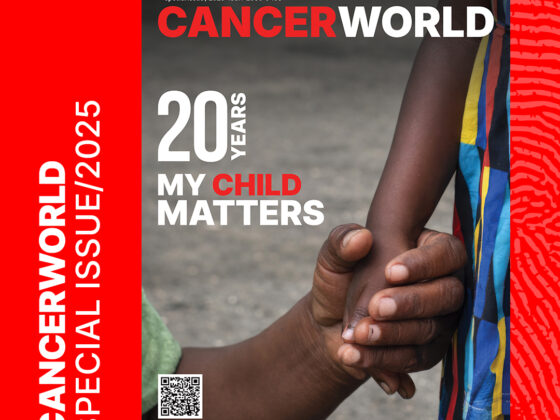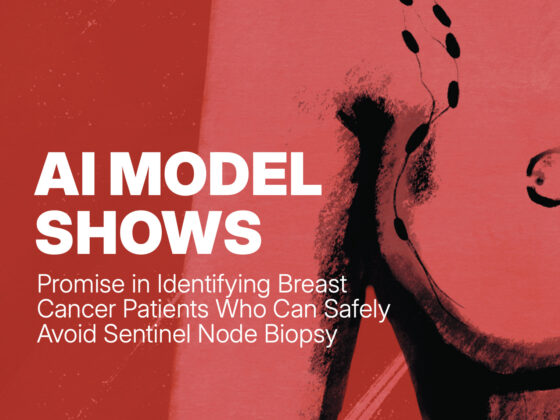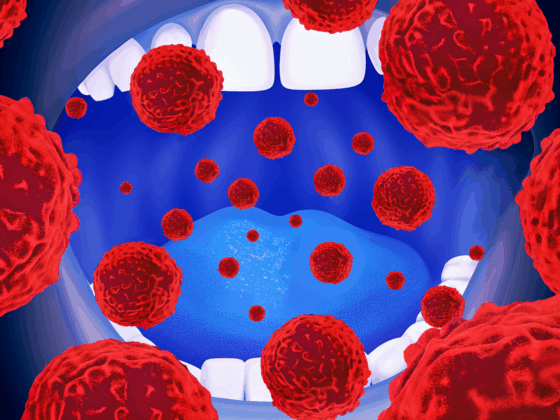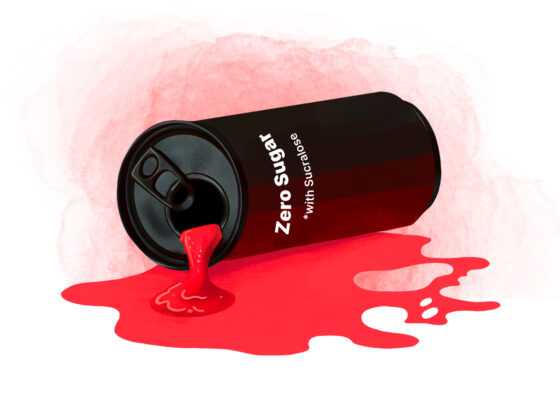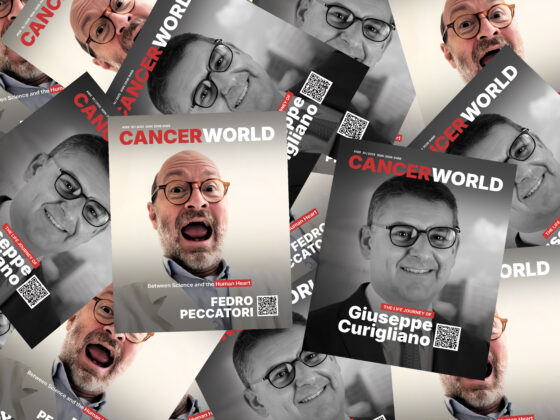Active monitoring of localised prostate cancer has the same high rates of survival after 15 years as radiotherapy or surgery. The ProtecT trial, presented at the European Association of Urology (EAU) meeting in Milan, March 10–13, and published simultaneously in the New England Journal of Medicine, 11 March, showed that although men on active monitoring were more likely to see their cancer progress or spread this did not translate into any differences in mortality. In a second analysis of the ProtecT data, published in NEJM Evidence, 11 March, and also presented at the meeting, the UK investigators found that the negative impact of radiotherapy and surgery on urinary and sexual function may persist for up to 12 years, which is longer than previously believed.
“It’s clear that unlike many other cancers, a diagnosis of prostate cancer should not be a cause for panic or rushed decision making,” said lead investigator Freddie Hamdy, from the University of Oxford. “Patients and clinicians can and should take their time to weigh up the benefits and possible harms of different treatments in the knowledge that this will not adversely affect their survival.”
In the UK between 1999 and 2009, a total of 82,429 men aged 50 to 69 years were enrolled in the Prostate Testing for Cancer and Treatment (ProtecT) trial designed to evaluate the effectiveness of conventional treatments in clinically localised prostate cancer detected on PSA testing. Localised prostate cancer was diagnosed in 2,664 men who had a life expectancy of at least 10 years who were eligible for treatment. Of these, 1,643 underwent randomisation to receive active monitoring (surveillance with PSA tests every six months, n= 545), prostatectomy (mostly open retropubic, n=553) or radiotherapy (external beam 74 Gray in 37 fractions with neoadjuvant androgen deprivation, n=545). The trial, conducted at nine UK centres, represents the first time the three different treatment approaches have been compared directly.
For the 10-year follow-up, published in The New England Journal of Medicine in 2016, the investigators found men undergoing active monitoring were twice as likely to see their cancer progress or metastasise than men in the other two groups, leading investigators to conclude that, at longer follow-up, this would most likely result in lower survival.
The current publication, reporting at a median follow-up of 15 years, found:
- Evidence of a high percentage of long-term survival in the trial population – 97% survival in terms of death from prostate cancer and 78% survival regarding death from any cause, regardless of the treatment group.
- Death from prostate cancer occurred in 2.7% (n=45) across all groups: 3.1% (n=17) in the active-monitoring group, 2.2% (n=12) in the prostatectomy group, and 2.9% (n=16) in the radiotherapy group (P=0.53 for the overall comparison).
- Significantly more metastases occurred in the group assigned to active monitoring: 9.4% (n=51) compared with 4.7% (n=26) assigned to prostatectomy (HR 0.47) and 5% (n=27) assigned to radiation (HR 0.48).
- Long-term androgen deprivation therapy (ADT) was initiated in 12.7% (n=69) of men undergoing active monitoring compared to 7.2% (n=70) assigned to prostatectomy and 7.7% (n=42) assigned to radiation.
- Furthermore, significantly more men in the active monitoring group had clinical progression (defined as evidence of metastatic disease, initiation of long-term ADT, diagnosis of clinical T3 or T4 disease, ureteric obstruction, rectal fistula, or urinary catheterisation due to tumour growth) than men treated with surgery (HR 0.36) or radiation (HR 0.35).
In the second study, published in NEJM Evidence, first author Jenny Donovan, explored patient-reported outcomes for the 1,643 randomly assigned ProtecT trial participants at 12 years. Results showed patients from all three groups reported experiencing similar overall quality of life representing general mental and physical health, but the negative effects of surgery or radiotherapy on urinary, bowel and sexual function persisted for longer than previously thought.
- In the prostatectomy group 18% reported erections sufficient for intercourse at seven years, compared with 30% in the active monitoring group, and 27% in the radiotherapy group.
- Nocturia (defined as voiding at least twice per night) occurred in 34% in the prostatectomy group compared with 48% in the radiotherapy group and 47% in the active monitoring group.
- Faecal leakage affected 12% in the radiotherapy group compared with 6% in the other groups.
“Radical treatments (prostatectomy or radiotherapy) reduced the incidence of metastasis, local progression, and long-term androgen-deprivation therapy by half as compared with active monitoring. However, these reductions did not translate into differences in mortality at 15 years, a finding that emphasises the long natural history of the disease,” write the authors in the New England Journal of Medicine paper. “This long-term analysis has revealed that for some patients effects on sexual, urinary, and bowel function persist and can worsen over time – an important new consideration for treatment decision-making,” write the authors. Longer-term follow-up, they add, will be crucial to continue to evaluate possible differential effects of treatments.
“It is also now clear that a small group of men with aggressive disease are unable to benefit from any of the current treatments, however early these are given. We need to improve our ability to identify these cases and our ability to treat them,” says Hamdy.
In an accompanying editorial Oliver Sartor, from Tulane Medical School, New Orleans, Louisiana, writes that active monitoring as performed in the ProtecT trial should not be used today, and that serial multiparametric MRI assessments have since been introduced. “The increased rate of metastasis that was noted in the active-monitoring group would likely be diminished with the active surveillance protocols that are being used today,” writes Sartor.
However, even though management of localised prostate cancer has undergone “wholesale change” since 1999 when ProtecT was started, he adds, the results provide valuable data to inform decision making in the large group of men with low- or intermediate-risk prostate cancer.
Commenting on the study, Peter Albers, chair of the EAU’s Scientific Congress Office, says, “It’s an important message for patients that delaying treatment is safe, especially (because) that means delaying side effects as well. But it’s also clear that we still don’t know enough about the biology of this disease to determine which cancers will be the most aggressive and more research on this is urgently needed.”





